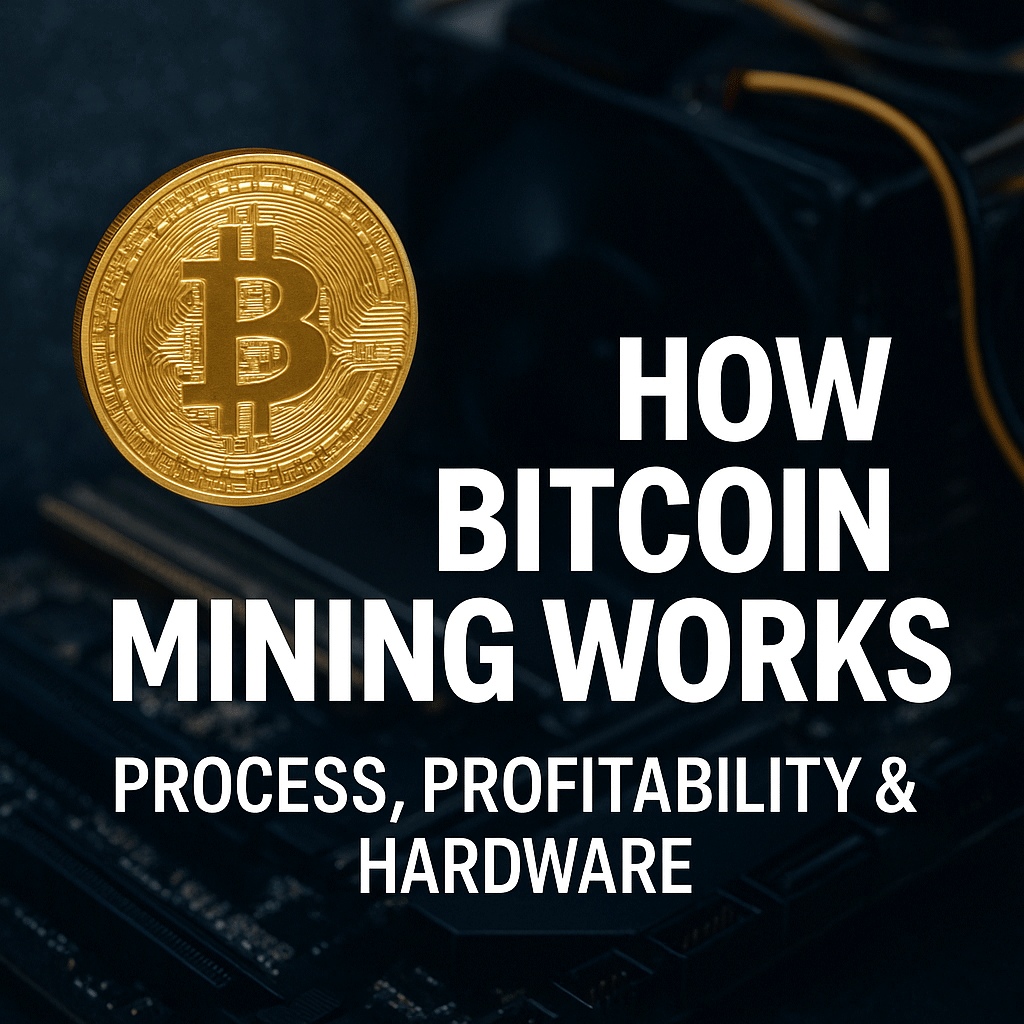Bitcoin mining is a critical process in the Bitcoin network, involving the verification of transactions and the addition of new blocks to the blockchain. It requires substantial computational power and is conducted by specialized hardware to solve complex mathematical puzzles. But how exactly does this process work, and what are its key components?
Understanding the Basics of Bitcoin Mining
Bitcoin mining operates based on a decentralized network of computers that validate and confirm transactions. This process involves solving cryptographic puzzles, known as Proof of Work (PoW). Miners compete to solve these puzzles, and the first to succeed gets the right to add a new block to the blockchain and earn Bitcoin rewards.
The Mining Process: Step-by-Step
- Transaction Verification: Miners collect pending transactions into a block.
- Solving the Cryptographic Puzzle: Miners use computational power to solve the PoW puzzle associated with the block.
- Block Validation: Once the puzzle is solved, the solution is broadcast to the network for verification.
- Adding the Block to the Blockchain: Upon successful verification, the new block is added to the blockchain.
- Reward Distribution: Miners receive Bitcoin rewards along with transaction fees for their efforts.
Essential Bitcoin Mining Hardware
Bitcoin mining requires specialized hardware known as ASICs (Application-Specific Integrated Circuits). These devices are designed specifically for mining and provide significantly higher hash rates than general-purpose computers. Popular mining hardware includes:
- Antminer S19 Pro
- Whatsminer M30S
- AvalonMiner 1246
The Role of Mining Pools
Due to the increasing difficulty of mining, individual miners often join mining pools to combine their computational power and share rewards. Popular Bitcoin mining pools include Antpool, F2Pool, and Slush Pool.
Is Bitcoin Mining Profitable?
Profitability in Bitcoin mining depends on several factors, including hardware costs, electricity consumption, and Bitcoin’s market price. Tools like the Bitcoin Mining Calculator can help estimate potential profits based on hash rate, power consumption, and electricity rates.
Environmental Impact of Bitcoin Mining
Bitcoin mining is energy-intensive, leading to concerns over its environmental impact. Efforts to mitigate this impact include transitioning to renewable energy sources and implementing more energy-efficient mining equipment.
FAQ
Q: How long does it take to mine one Bitcoin?
A: On average, it takes approximately 10 minutes to mine a single block. However, mining one Bitcoin requires substantial resources and time.
Q: Can I mine Bitcoin using my personal computer?
A: While it is technically possible, the computational power of personal computers is insufficient for profitable Bitcoin mining.
Q: What is Bitcoin halving, and how does it affect mining?
A: Bitcoin halving occurs approximately every four years, reducing the mining reward by half. This event decreases the Bitcoin supply, potentially affecting profitability.
Conclusion
Bitcoin mining is a fundamental aspect of the Bitcoin network, ensuring transaction verification and network security. While the process is resource-intensive and requires specialized hardware, it offers potential profitability for those who can manage costs effectively. With the rise of environmentally sustainable mining practices, the future of Bitcoin mining continues to evolve.

 Bitcoin
Bitcoin  Ethereum
Ethereum  Tether
Tether  XRP
XRP  USDC
USDC  Lido Staked Ether
Lido Staked Ether  TRON
TRON  Dogecoin
Dogecoin  Cardano
Cardano